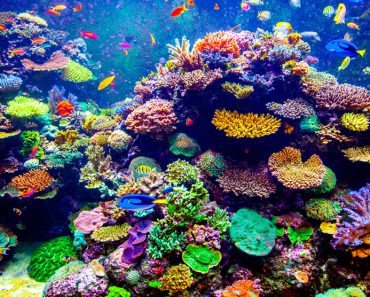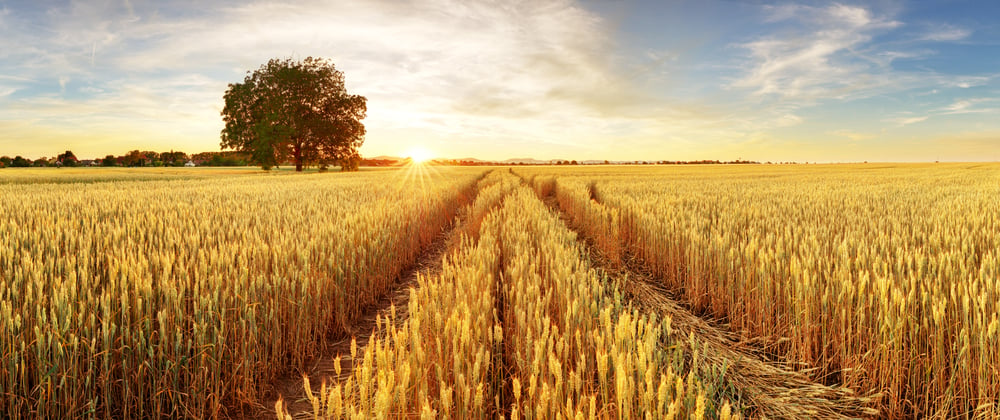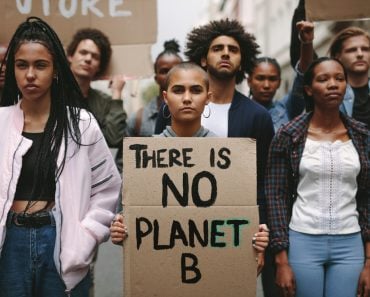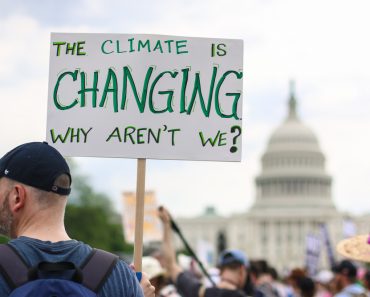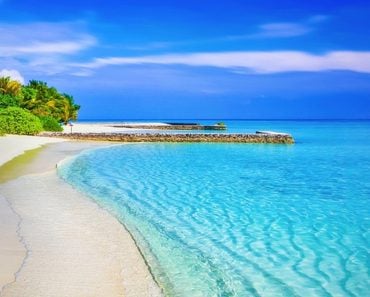Rising sea levels, extreme weather events, and coral destruction are already affecting this beautiful island nation. Despite these obstacles, Maldivians are taking proactive measures, and it is crucial to provide them with support, or else this remarkable place may cease to exist by 2050.
Imagine a tropical paradise in the heart of the Indian Ocean with fine white sand, clear skies, and pristine water to spend your next holiday. For some of you, the Maldives might have already come to mind; it is, after all, a popular tourist destination that draws visitors from all over the world.
But what if we told you that the future of this lovely island nation is uncertain?
The Maldives, a country that is incredibly vulnerable to the effects of climate change, may look very different in 2050 than it does now.
The Maldives has become the poster child for the devastation of climate change. Rising sea levels, ocean acidification, and an increase in the frequency and severity of natural disasters are just a few of the issues confronting this island nation.
It’s an essential story because the Maldives is a microcosm of the global issue of climate change.
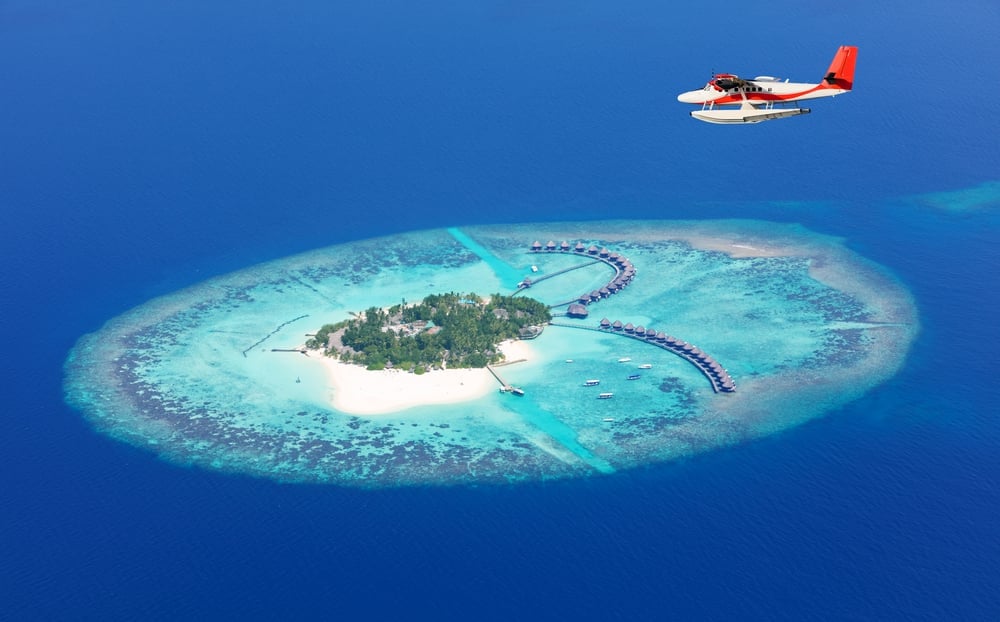
Recommended Video for you:
The Threat Of Rising Sea Levels On A Low-lying Island Nation
Did you know that the Maldives is also the lowest-lying country in the world?
With an average elevation of just 1.5 meters above sea level, the Maldives is particularly vulnerable to the impact of rising sea levels.
The world’s oceans are rising as a result of climate change, which poses a major threat to the Maldives. The low-lying island nation is at risk of being completely submerged, and even a slight rise in sea level could have disastrous consequences. Due to the country’s geography, the vast majority of its landmass is made up of coral reefs and sandbanks, making it particularly vulnerable to the effects of climate change.
Scientists predict that by 2050, sea levels could rise by as much as 0.5 meters, which could have severe consequences for the Maldives. As the sea level rises, the islands may become uninhabitable due to the loss of freshwater resources, and many people may be forced to leave their homes. That would be a terrible fate for this lovely country and its resilient people.
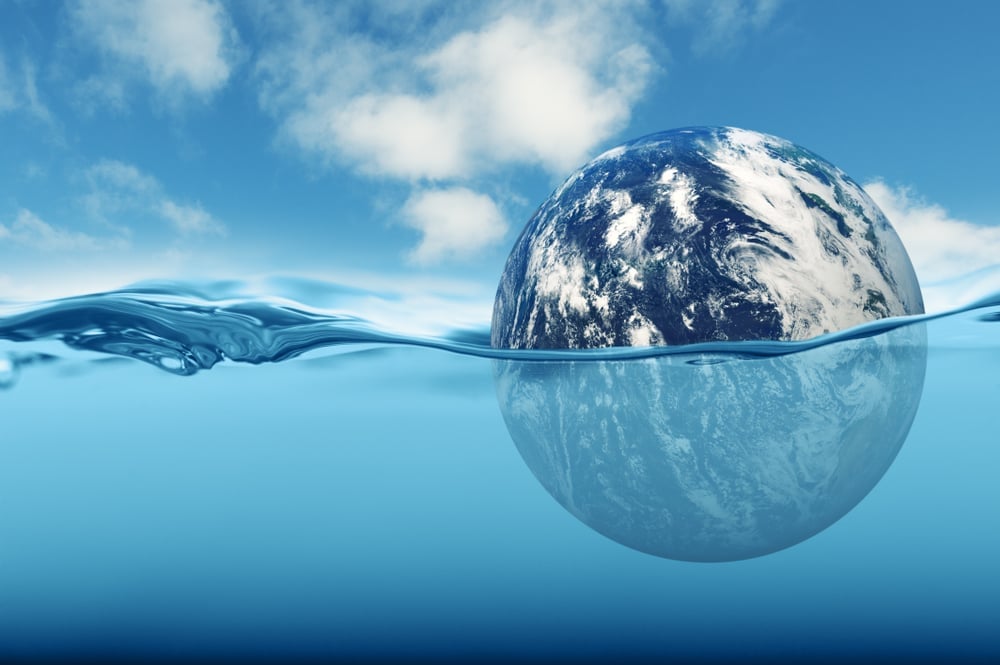
Extreme Weather Events And Coral Reef Destruction
Climate change is also leading to more frequent and extreme weather events, such as floods, droughts and cyclones. The Maldives is no stranger to these natural disasters and has already experienced devastating floods and storms in recent years.
The Maldives has some of the most beautiful coral reefs on the planet. Another threat that these lovely island nations face is the destruction of those coral reefs, which act as natural barriers against coastal erosion. However, these reefs are threatened by rising ocean temperatures and acidification.
If the current trend continues, by 2050, the Maldives’ coral reefs could be severely or even irreparably damaged, leading to the loss of marine biodiversity and the eventual destruction of the country.
Mitigation Efforts By The Maldives Government
The Maldives situation is comparable to that of a ship in rough seas. Despite the challenges, the crew must keep a positive attitude and make efforts to guide the ship to more secure waters. Similar to this, the Maldivian government and the country’s citizens are making significant strides to lessen the effects of climate change and protect their country.
For one, they are constructing an artificial island in the center of the atoll to serve as a sustainable development hub, in addition to building a wall around their capital city of Malé, and fixing things like ports to make them more resistant to rising water and storms. Also, erosion barriers have been installed around the islands to protect them from rising sea levels and storm surges.
In addition to these physical adaptation measures, they also have an action plan to reduce pollution that causes climate change, with 28 mitigation measures to do this, focusing on ways to reduce waste, make electricity without pollution, and make transportation cleaner. If they do all these things, it will help them reduce pollution quite a bit by 2030. These efforts are critical to the survival of the Maldives and the creation of a sustainable future for its people.
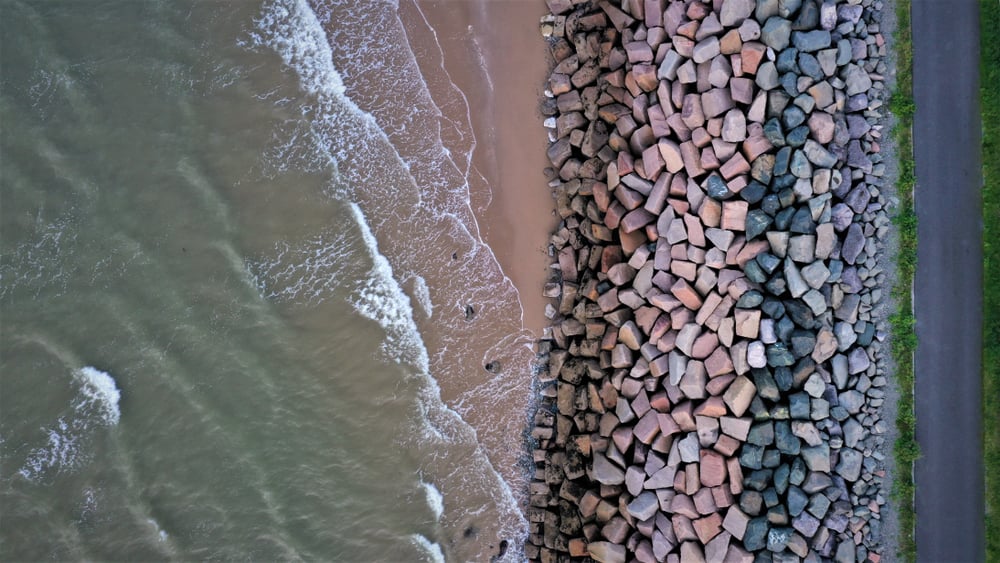
A Final Word
The Maldives, this stunning tiny island nation in the Indian Ocean, is like the canary in a coal mine—an early warning system for the impacts of climate change. Just as the death of a canary alerts miners to the presence of toxic gases, the Maldives’ plight should alert us to the real-life and immediate dangers of global warming.
Let’s ask ourselves, is it fair to punish the country that contributes the least to global warming first? The Maldives’ future is uncertain, and it is up to all of us to take action. Are you willing to accept Maldivians as refugees as the effects of climate change force them to flee their homes?
We risk ignoring the Maldives at our peril. Think of this as a minor leak in a dam; if we don’t fix it right away, it could lead to a catastrophic failure. The Maldives is a wake-up call that we must act now to protect our planet and ensure a sustainable future for the generations that follow.
References (click to expand)
- Hirsch, E. (2015, November). “It won't be any good to have democracy if we don’t have a country”: Climate change and the politics of synecdoche in the Maldives. Global Environmental Change. Elsevier BV.
- Khan, T. M. A., Quadir, D. A., Murty, T. S., Kabir, A., Aktar, F., & Sarker, M. A. (2002, February). Relative Sea Level Changes in Maldives and Vulnerability of Land Due to Abnormal Coastal Inundation. Marine Geodesy. Informa UK Limited.
- Sovacool, B. K. (2011, November 24). Perceptions of climate change risks and resilient island planning in the Maldives. Mitigation and Adaptation Strategies for Global Change. Springer Science and Business Media LLC.
- Ocean acidification. Tration
- A Shakeela. (2015) Understanding tourism leaders' perceptions of risks from .... Group
- RK Pachauri. (2015) AR5 Synthesis Report - Climate Change 2014. Intergovernmental Panel on Climate Change

